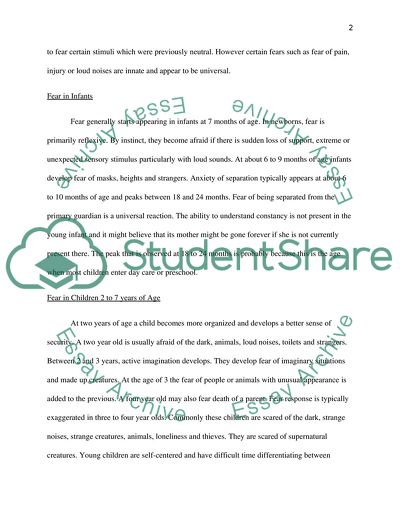Cite this document
(“Fears Research Paper Example | Topics and Well Written Essays - 1250 words”, n.d.)
Retrieved from https://studentshare.org/miscellaneous/1564087-fears
Retrieved from https://studentshare.org/miscellaneous/1564087-fears
(Fears Research Paper Example | Topics and Well Written Essays - 1250 Words)
https://studentshare.org/miscellaneous/1564087-fears.
https://studentshare.org/miscellaneous/1564087-fears.
“Fears Research Paper Example | Topics and Well Written Essays - 1250 Words”, n.d. https://studentshare.org/miscellaneous/1564087-fears.


